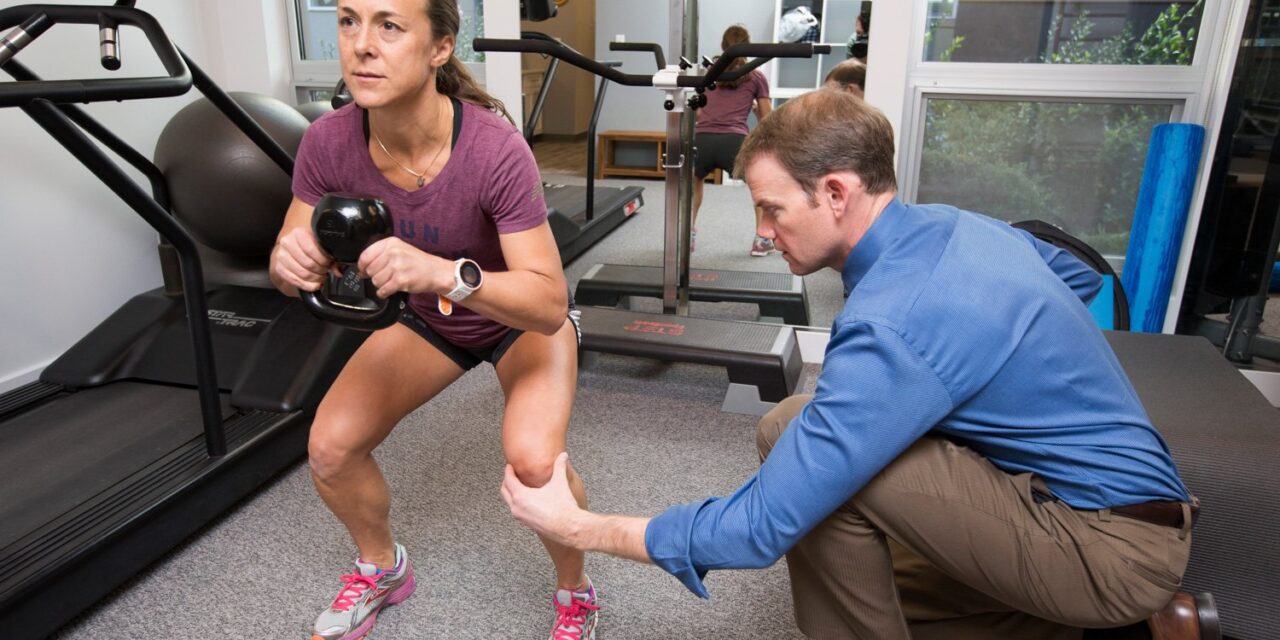Nutrition, stress management, and sleep are the overlooked components of a patient’s recovery in our Boulder Physical Therapy and Lafayette Physical Therapy practices. These low hanging fruits are often easier to control and improve than the injured tissue’s path to recovery. Inherently we know nutrition is important and food that is fresher is more nutritious...
Knee osteoarthritis is the most common joint disease world wide and one of the leading causes of disability. Thankfully this condition is successfully managed conservatively utilizing Physical Therapy interventions including manual therapy and exercise. Previous research has shown these Physical Therapy interventions can postpone or prevent the knee for knee replacement. In some cases, conservative...
Exercise remains an essential intervention of any acute or chronic pain management program. The effects of aerobic exercise on pain reduction (analgesia) is well established and thought to occur through a multifactorial process involving positive neurological (peripheral nerves, spinal cord, and brain), as well as, immunological, and circulatory changes in the body. The analgesic effects...
Manual Therapy and Exercise Shown To Improve Dizziness
September 19, 2022
Our neck plays an important role in our ability to balance and maintain equilibrium within our environment. This region of the spine has a high density of sensors called proprioceptors which provide immediate feedback to our spinal cord and brain regarding our body position in space. In some patients with neck pain this system can...
Taking A Brief Walk After Meals Or Prolonged Sitting Shown To Improves Blood Sugar Levels
September 13, 2022
The percentage of Americans who obtain enough physical activity through their occupational activities continues to fall due to technological advances. Currently, a large percentage of Americans can work their entire day from the seated position leading to decreased short and long term health outcomes. Interestingly, research has shown an individual’s time spent in sedentary activities...
What Are The Best Treatments For Patellofemoral Pain?
September 11, 2022
Patellofemoral Pain, or pain around the knee cap, is the most common source of knee pain. Although common, patellofemoral pain can lead to significant limitations in daily, occupational, and recreational activities. Left untreated, 50% of patients with patellofemoral pain report symptoms at a 5 year follow up. In our Boulder Physical Therapy practice we commonly...
Rates of concussion have increased in recent years likely secondary to both an increase in sports participation and better recognition and diagnosis of symptoms. We have seen an increase in patients presenting with concussion symptoms in our Boulder Physical Therapy practice Athletes who sustain a concussion can report a variety of symptoms including headache, neck...
Does Every ACL Tear Need Surgery?
September 4, 2022
ACL tears are one of the most common injuries in sports with between 100 to 200 thousand occurring in the United States annually. Female athletes are at a significantly higher risk than males in the same sport. This is most evident in soccer and basketball where females are 6-9 times more likely to tear their...
At a fundamental level, all forms of exercise are designed to improve the current state of the participant. In our Boulder Physical Therapy practice, we aim to effectively and efficiently prescribe exercise to meet each patient or client’s goals. A key element of any exercise program has to include progressively, increasing demands over time. Flexibility...
Death, taxes, low back pain, and injury if you are a runner. With over 90% of runners reporting an injury preventing participation in training or competition running injuries fall into the when not if category. The vast majority of these injuries occur in the lower quarter and are overuse in nature involving tissues in the...










